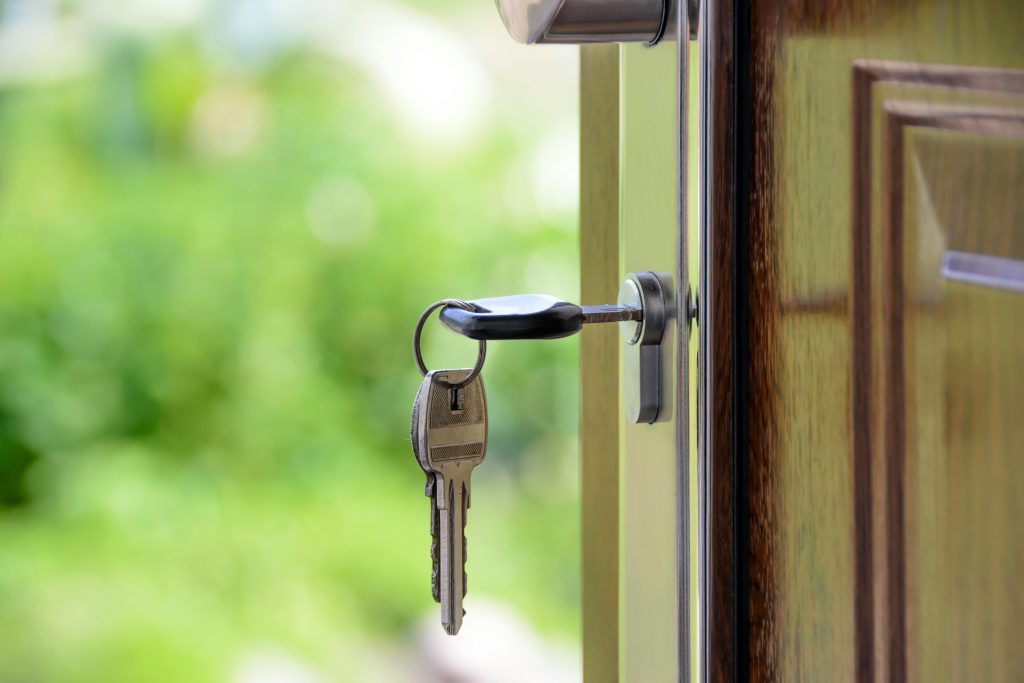Troubleshooting Corrupted Photos on Your SD Card
If you’ve come across this issue, you’re not alone. Many smartphone users, particularly those with Samsung devices, encounter problems with corrupted images stored on their SD cards. Perhaps you’ve noticed strange artifacts in your photos or, worse, some images simply won’t load. This can be quite distressing, especially if those images hold sentimental value.
In this blog post, we’ll explore potential causes for photo corruption on your SD card and offer some solutions to help you recover those precious memories.
Understanding the Problem
The issues with corrupted images can often stem from several factors, including:
-
Card Quality: If you are using a lower-quality SD card, such as some off-brand varieties, you might be more prone to corruption. In your case, the SanDisk brand is generally reliable, but it can still face issues.
-
Improper Ejection: Removing the SD card improperly or not safely ejecting it from the phone can lead to data corruption.
-
Physical Damage: If the SD card has been subjected to physical stress, it may have been damaged, leading to problems with your stored files.
-
File System Errors: Over time, file system errors can develop, especially if the card is frequently written to and rewritten.
Steps to Fix Corrupted Photos
Here are some steps you can take to attempt recovery:
-
Check for Basic Issues: Make sure the card is seated correctly in the phone. Sometimes, simply reinserting the card can solve problems.
-
Use Recovery Software: There are various data recovery tools available that can help retrieve corrupted files. Programs such as Recuva or PhotoRec are popular options that might help you recover lost images.
-
Access from a Computer: Try reading the SD card using a card reader on your computer. Sometimes, computers can access files that smartphones cannot.
-
Format the Card: As a last resort, if you manage to recover all important files, consider backing up anything that’s not corrupted and then formatting the card. This can resolve underlying issues but should be done with caution as it will erase all data.
-
Seek Professional Help: If the photos are incredibly dear to you and recovery attempts have failed, consider consulting a data recovery service that specializes in SD card retrieval.
Prevention for the Future
To avoid similar issues in the future, here are a few preventative measures:
–
Share this content:




Thank you for sharing this comprehensive troubleshooting guide on corrupted photos. If you’re constantly facing issues with your SD card, here are a few additional tips that might help:
Additional Resources
If recovery software doesn’t work, or if the SD card shows persistent errors